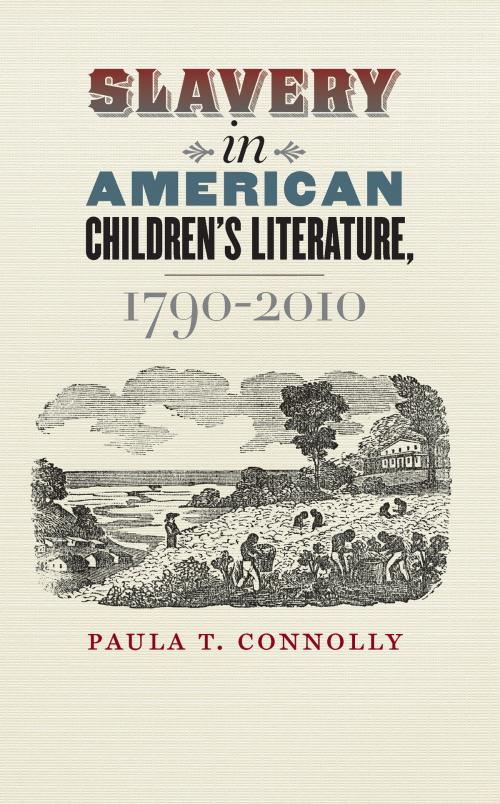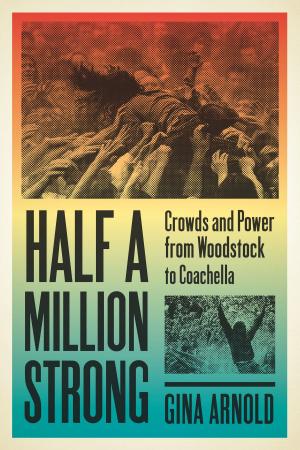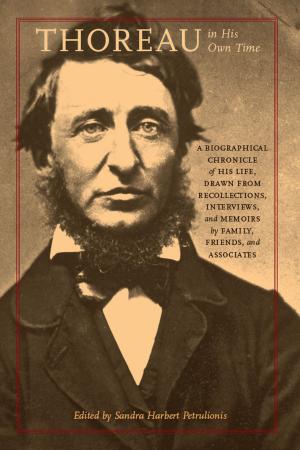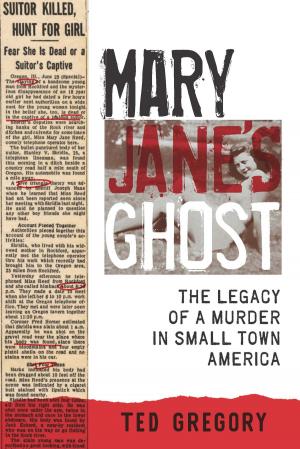Slavery in American Children's Literature, 1790-2010
Fiction & Literature, Literary Theory & Criticism, Black, American| Author: | Paula T. Connolly | ISBN: | 9781609381783 |
| Publisher: | University of Iowa Press | Publication: | July 1, 2013 |
| Imprint: | University Of Iowa Press | Language: | English |
| Author: | Paula T. Connolly |
| ISBN: | 9781609381783 |
| Publisher: | University of Iowa Press |
| Publication: | July 1, 2013 |
| Imprint: | University Of Iowa Press |
| Language: | English |
Long seen by writers as a vital political force of the nation, children’s literature has been an important means not only of mythologizing a certain racialized past but also, because of its intended audience, of promoting a specific racialized future. Stories about slavery for children have served as primers for racial socialization. This first comprehensive study of slavery in children’s literature, Slavery in American Children’s Literature, 1790–2010, also historicizes the ways generations of authors have drawn upon antebellum literature in their own re-creations of slavery. It examines well-known, canonical works alongside others that have ostensibly disappeared from contemporary cultural knowledge but have nonetheless both affected and reflected the American social consciousness in the creation of racialized images.
Beginning with abolitionist and proslavery views in antebellum children’s literature, Connolly examines how successive generations reshaped the genres of the slave narrative, abolitionist texts, and plantation novels to reflect the changing contexts of racial politics in America. From Reconstruction and the end of the nineteenth century, to the early decades of the twentieth century, to the civil rights era, and into the twenty-first century, these antebellum genres have continued to find new life in children’s literature—in, among other forms, neoplantation novels, biographies, pseudoabolitionist adventures, and neo-slave narratives.
As a literary history of how antebellum racial images have been re-created or revised for new generations, Slavery in American Children’s Literature ultimately offers a record of the racial mythmaking of the United States from the nation’s beginning to the present day.
Long seen by writers as a vital political force of the nation, children’s literature has been an important means not only of mythologizing a certain racialized past but also, because of its intended audience, of promoting a specific racialized future. Stories about slavery for children have served as primers for racial socialization. This first comprehensive study of slavery in children’s literature, Slavery in American Children’s Literature, 1790–2010, also historicizes the ways generations of authors have drawn upon antebellum literature in their own re-creations of slavery. It examines well-known, canonical works alongside others that have ostensibly disappeared from contemporary cultural knowledge but have nonetheless both affected and reflected the American social consciousness in the creation of racialized images.
Beginning with abolitionist and proslavery views in antebellum children’s literature, Connolly examines how successive generations reshaped the genres of the slave narrative, abolitionist texts, and plantation novels to reflect the changing contexts of racial politics in America. From Reconstruction and the end of the nineteenth century, to the early decades of the twentieth century, to the civil rights era, and into the twenty-first century, these antebellum genres have continued to find new life in children’s literature—in, among other forms, neoplantation novels, biographies, pseudoabolitionist adventures, and neo-slave narratives.
As a literary history of how antebellum racial images have been re-created or revised for new generations, Slavery in American Children’s Literature ultimately offers a record of the racial mythmaking of the United States from the nation’s beginning to the present day.















